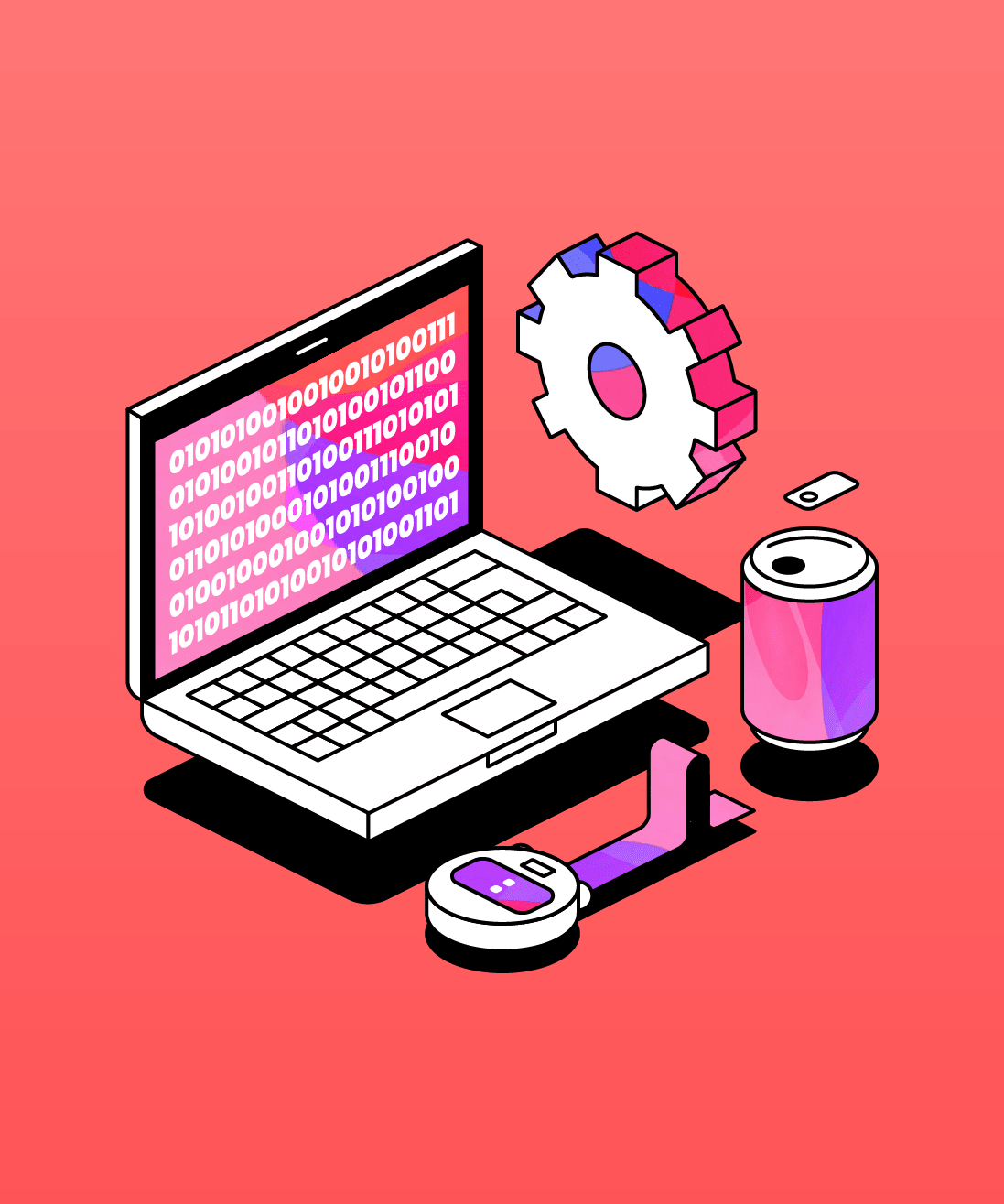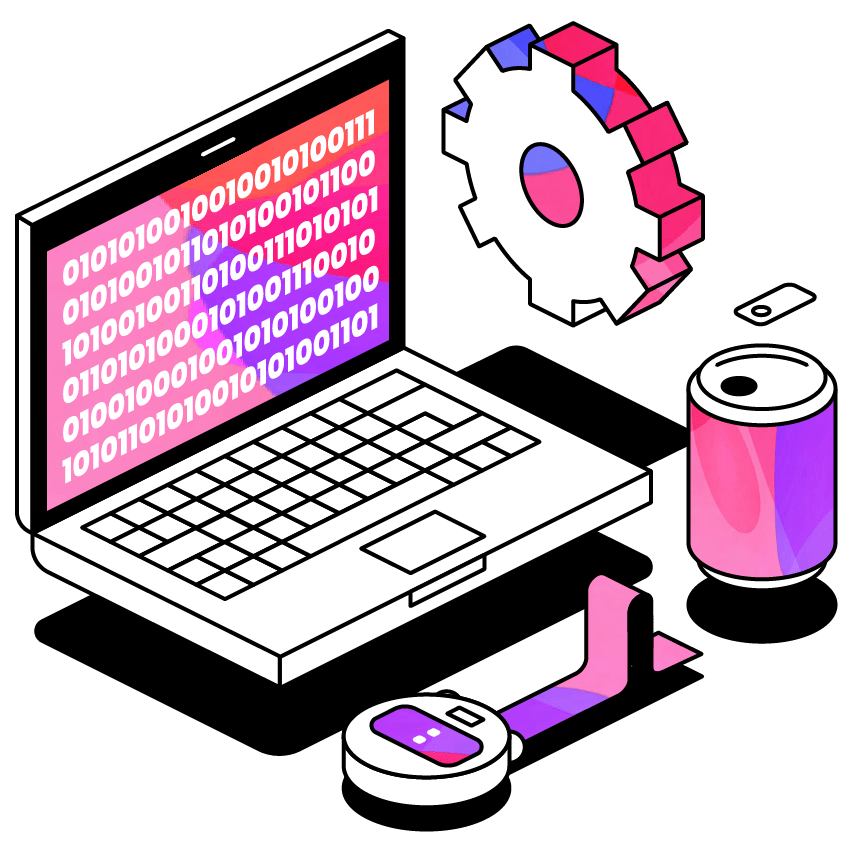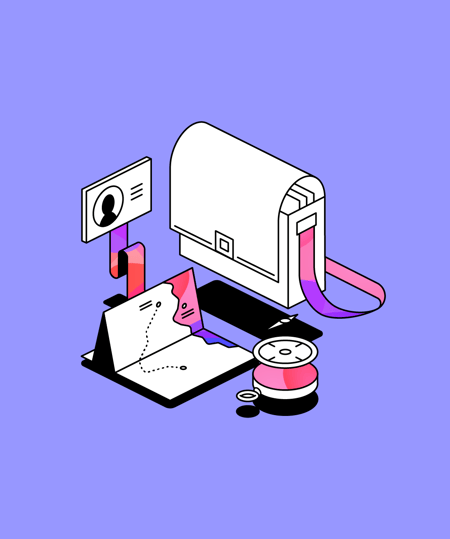Information processing speed: what you need to know
Working memory can have a big impact on a student’s ability to take notes in lectures, making it difficult to make useful and thorough notes. Learn more here.
 2 min read
2 min read
 Published: 2 Aug 2019
Published: 2 Aug 2019
 Dr. Sue Wilkinson
Dr. Sue Wilkinson


As we explored in a previous blog, working memory can have a huge impact on a student’s ability to take notes in lectures. Many students struggle to make comprehensive and useful notes in their lectures, going home with pages full of incomplete sentences and disorganized ideas which are often of no use to them at all. Reports that they cannot keep up with the lecturer reflect difficulties with working memory and/or information processing speed.
Many students cannot process verbal information quickly enough in a lecture situation. While they are busy processing one concept, the lecturer has moved on to another, and the student has neither extracted meaning from the verbal information, nor been able to take a written record of the pertinent points. Whilst busy processing one piece of information, they miss what follows.
What is ‘Information Processing Speed’?
When we talk about information processing speed, we are essentially talking about the efficiency of our cognitive functions in doing the following:
- Taking information in through our senses (visual, auditory or haptic)
- Extracting meaning from it
- Using it to make a judgement or decision or to solve a problem
- Responding or transferring the information to our memory for later retrieval.
We must attend to the incoming information for it to be efficiently processed, i.e. transferred from our sensory perception (visual or auditory) into our memory. This explains why information processing difficulties are often present for students with learning and attentional difficulties, such as dyslexia and ADHD.
Processing speed refers to how fast we can absorb information and use it, and thus refers to the individual’s speed of mental processes.
Does it change?
Information processing speed changes throughout our lifetime, declining slowly but steadily from middle age onwards. The reason for this is not fully understood, but the fact that the speed with which we can perform mental processes changes suggests that processing speed is related to the neurons that connect the different parts of the brain together; the slower the information travels along the neuron fibres, the longer it will take the individual to process the information.
What does the research say?
Just as poor attention can lead to inefficient information processing, slow processing speed can also have an impact on our ability to concentrate.
We know this from neuroscience research, which suggests that information processing speed relies on how quickly the neural transmissions between different areas of the brain work to solve problems and transfer information, and the faster our brains can process this information, the better we can control our attention and block any distractions.
This is because faster neural transmissions reduce our cognitive load; the quicker we can process information, the more we can free up valuable and limited cognitive resources that can be used to expand our working memory (and therefore our brain workspace).
The issue with traditional lecture style teaching is that a stream of information is delivered, often with no time incorporated for a student who has slow processing speed to ever ‘catch up’.
Many students will have information processing difficulties, and so extra support and strategies will be needed for them to ensure they do not miss out on important learning during their lectures. Slow information processing does not just affect note taking, it may also impact on executive functioning skills such as planning, problem solving and flexible thinking.
This may cause students to have difficulties getting started with their assignments and maintaining the focus necessary to complete their work. Assignment or lab briefs may also pose problems, as students with slow processing speed often find complex instructions difficult to follow. Assistive technology and note taking software are fantastic tools to support these students to enhance their learning experience.
How Glean Helps
This is a problem that Glean has been designed to address. Our software is used by students with a range of conditions, and helping with information processing speed and cognitive issues is a key part of the design.
Click below to find out how we do it.
More from Better Learning
View All
 2 min read
2 min read
3 student-proven time management techniques that work
From navigating demanding college schedules to excelling in the professional sphere, time management is a vital skill. Glean's student ambassador, Sherrie Zhao, shares her first-hand experiences and proven techniques for mastering this essential skill, offering valuable insights for students and professionals alike.

 5 min read
5 min read
How Glean helps first generation students overcome challenges
Being the first in your family to step onto a university campus is a triumph. But beneath the pride lies a unique landscape of pressures and uncharted territories. This blog explores the hurdles first gen students encounter and how Glean provides the support needed to unlock their full potential.

 2 min read
2 min read
Master class notes with text formatting
Your note taking just got an upgrade! We’re thrilled to announce that text formatting features are now live in your app. Let's take a look at how you can use text formatting to make the most of your notes.





